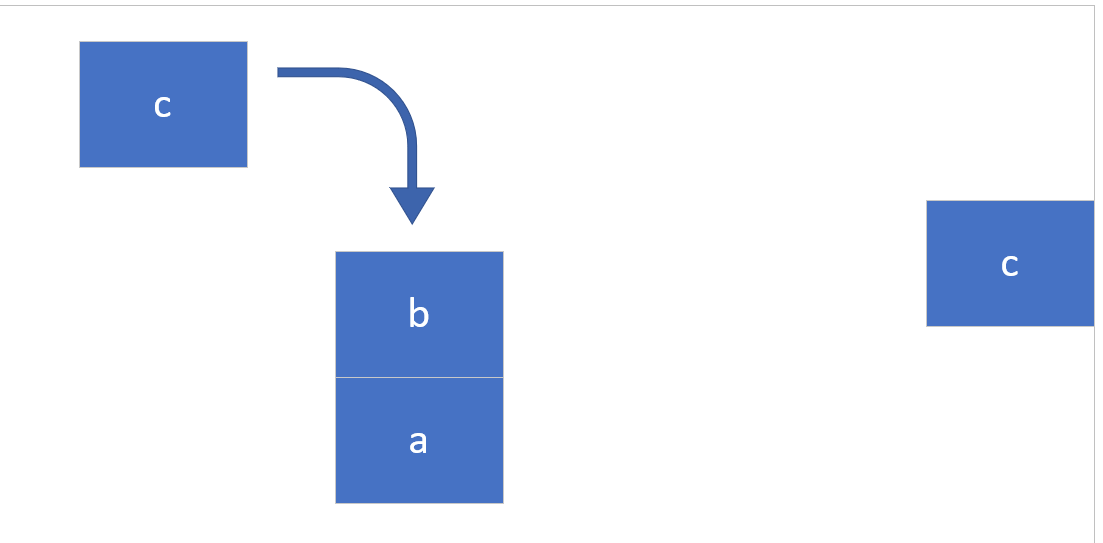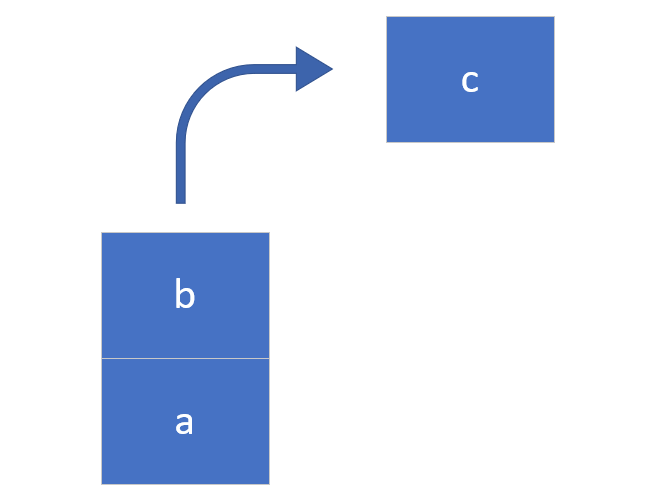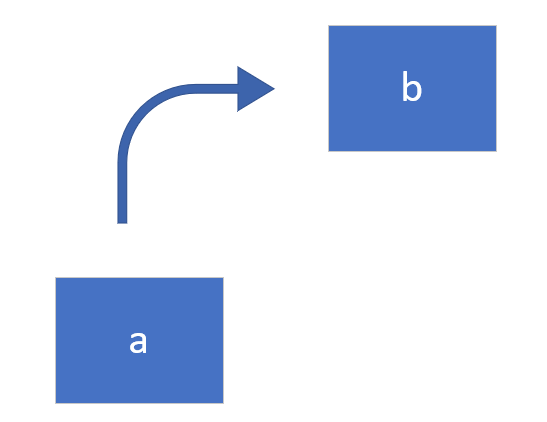链栈的实现
- 栈可谓是一种简单的数据结构,在 C++ 有库函数可以调用
#include<stack> 我们也可以亲手写一个链栈。链栈的实现形式是通过链表来储存,使用单向链表,使用头插法,头的位置称之为栈顶,其尾部的位置成为栈底。
- 栈的操作有 进栈 ,出栈,判空,访问栈顶 等操作。自己写栈的结构可以添加自己需要的操作
图示:



main.c
#include"Stack_my.h"
using namespace std;
int main()
{
Stack_my<int>s1;
s1.Push(1);
cout <<"Stack top: "<< s1.Top() << endl;
s1.Push(2);
cout << "Stack top: " << s1.Top() << endl;
if (s1.Empty())
cout << "Empty." << endl;
else
cout << "Not Empty." << endl;
s1.Pop();
cout << "Stack top: " << s1.Top() << endl;
s1.Pop();
cout << "Stack top: " << s1.Top() << endl;
if (s1.Empty())
cout << "Empty." << endl;
else
cout << "Not Empty." << endl;
return 0;
}
stack_my.h
#pragma once
#ifndef _STACK_MY_H_
#define _STACK_MY_H_
#include<iostream>
#include<cstdlib>
template<typename T>
struct node1
{
T data;
node1<T>* next = nullptr;
};
template<typename T>
class Stack_my
{
private:
node1<T>* top;
node1<T>* head;
int len;
node1<T>* op1, * op2, * op3;
public:
Stack_my();
~Stack_my();
void Push(T a);//进栈
T Top();//栈顶
void Pop();//出栈
bool Empty();//判空
int Len();//元素个数
};
#endif // !_STACK_H_
template<typename T>
inline Stack_my<T>::Stack_my()
{
top = head = nullptr;
len = 0;
op1 = op2 = op3 = nullptr;
}
template<typename T>
inline Stack_my<T>::~Stack_my()
{
op1 = top;
while (op1)
{
op2 = op1;
op1 = op1->next;
delete op2;
}
}
template<typename T>
inline void Stack_my<T>::Push(T a)
{
op1 = new node1<T>;
if (!op1)
exit(0);
op1->data = a;//数据录入
op1->next = nullptr;
if (!head)//判断是否为头,头在最后面
{
head = op1;
top = op1;
}
else
{
op1->next = top;//头不为空,那么就头插法
top = op1;
}
len++;
}
template<typename T>
inline T Stack_my<T>::Top()
{
if (top)//判断顶是否为空
return T(top->data);
else
{
std::cout << "No data!!!" << std::endl;
return false;
}
}
template<typename T>
inline void Stack_my<T>::Pop()
{
if (!head)//头为空,栈中没有元素
{
std::cout << "Error" << std::endl;
}
else
{
len--;
if (!len)
{
delete head;
top = head = nullptr;
}
else//删除顶部元素
{
op2 = top;
top = top->next;
delete op2;
}
}
}
template<typename T>
inline bool Stack_my<T>::Empty()
{
if (head)
return false;
else
return true;
}
template<typename T>
inline int Stack_my<T>::Len()
{
return len;
}


